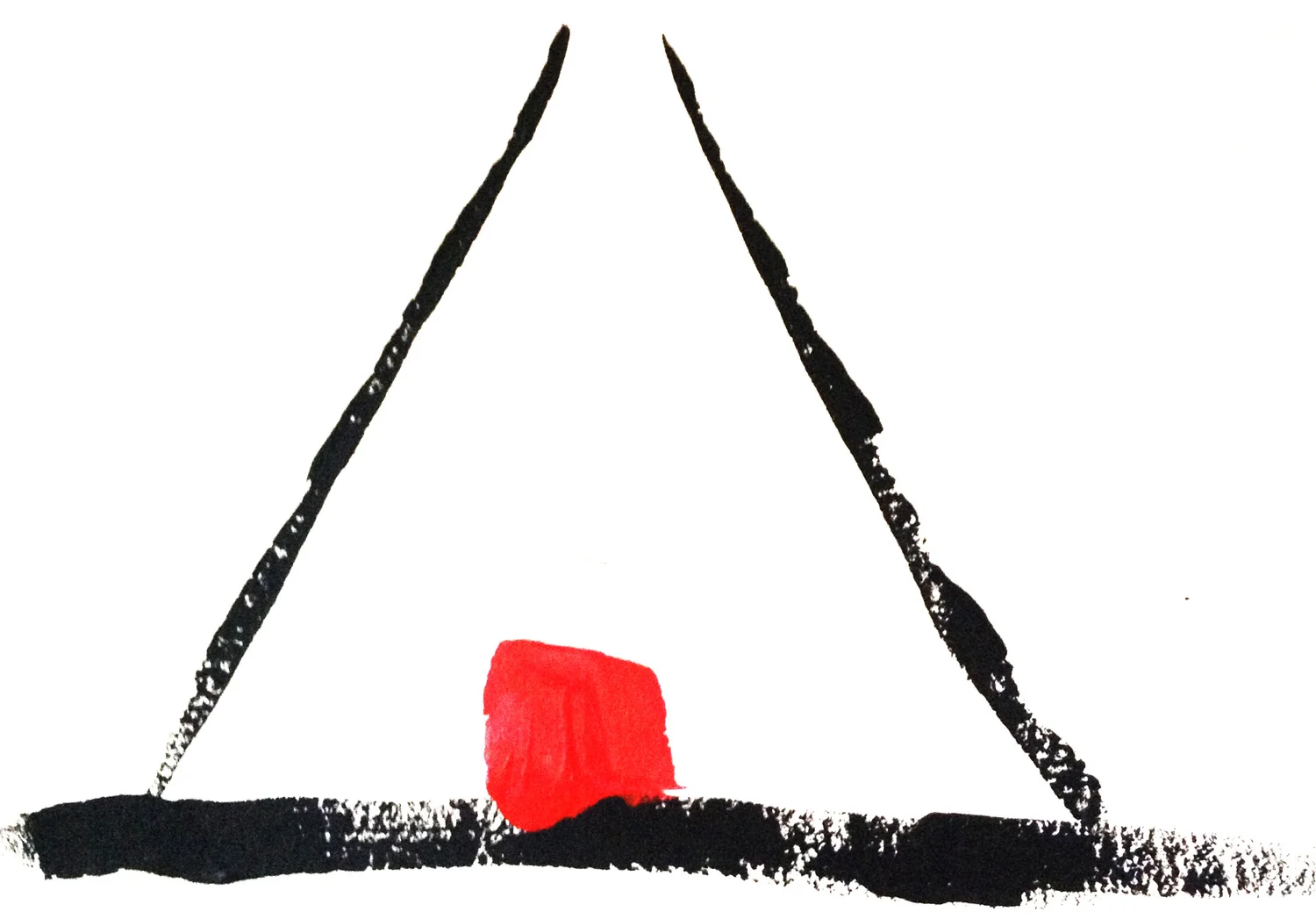Fiction 02
The wall is a barrier between two different conditions: one worth keeping, the other, not so much. It is also the catalyst for a metamorphosis, from a place of tall towers despised by many, to an uncanny one of exoticism and attraction, where soothsayer and savant, artisan and critic, thief and jailor break bread together, whether by choice or circumstance. An arrondissement of its own authority, where those too many to be oppressed, but too few to make a change, linger on the sides, as history has always placed them.
When the waters came in and took the derelict docklands with them, a voice was quick to declare it was addressing two pressing ailments of the City - floods and heritage. ‘For what is the spirit of this metropolis if not one of equal love for both our future and past?’ It was addressing the floods by welcoming them into the City, building gargantuan cylinders to act as trepanation, directing the water towards the skies so that they would not spread horizontally. But, within this decision, sacrifice was implicit, as neighbourhoods would now need to be be flooded - or, as some remarked, ‘conserved’ for posterity, a submerged Pompeii with starfish, coral and crabs as fresh citizens.
And such is the story of this part of the City - it began with an encasing wall, while displacement was running in parallel. The river then started growing within, foaming and meandering its course through what once were streets, now an extension of its muddy bed. Reflected in the swelling pool you could only see tall, lagan towers, a lonely clue of the city which once stood there. When the sounds of the rushing waters ceased, they were soon replaced by ones different in nature. Bandsaws, hammers, drills, chisels and cutters were cavorting within the decisive grasps of inhabitants new and old, swaying in a syncopated rhythm, giving birth to a new city from a cloud of dust. Above shop, sports pitch, town hall and house, a new shop, a new sports pitch, a new town hall and a new house arose, an inversion of the district’s old patterns.
‘When will it be finished?’ you might ask in earnest, struggling to see beyond wooden catwalks, extensive hoarding and ladders. But you see, permanence or completion were never ambitions here - the heavy foundations of the buildings which were supposed to make them stand forever, had made it certain that now they had to lie dozens of meters below the water. The foundation of the new district will be change itself. You will then realise, while looking at a floating street, or a house anchored in the side of the wall, metal supports clamping uncomfortably at the brilliant white, that something cannot be destroyed if it stays unfinished.
